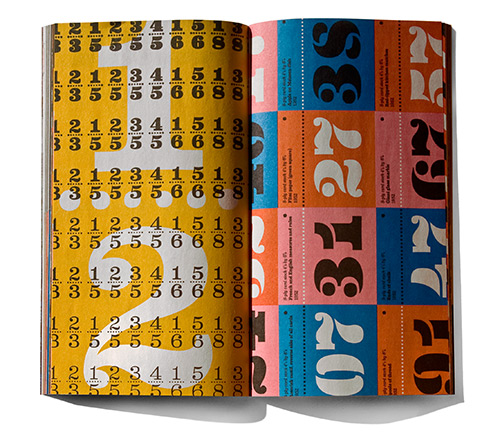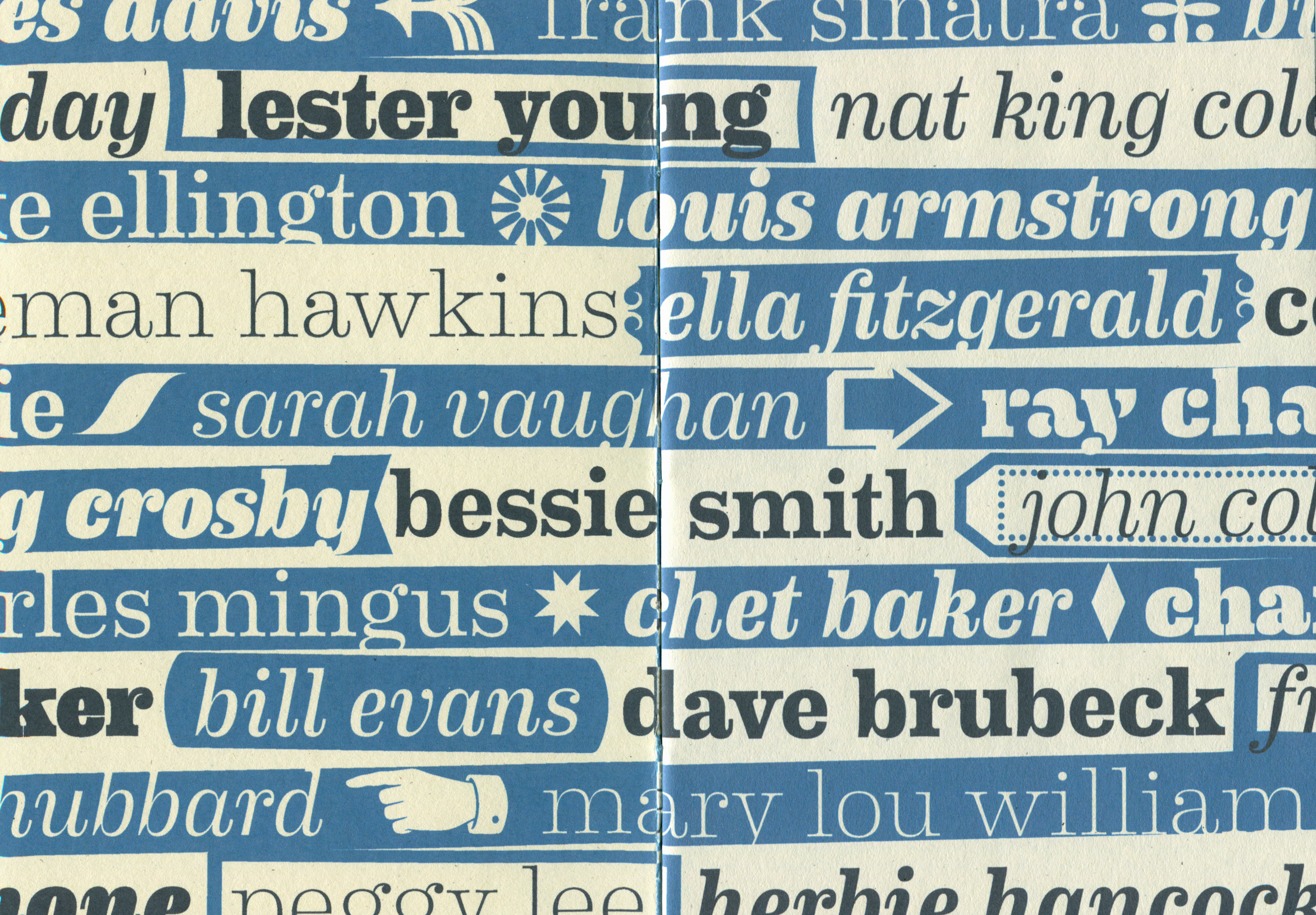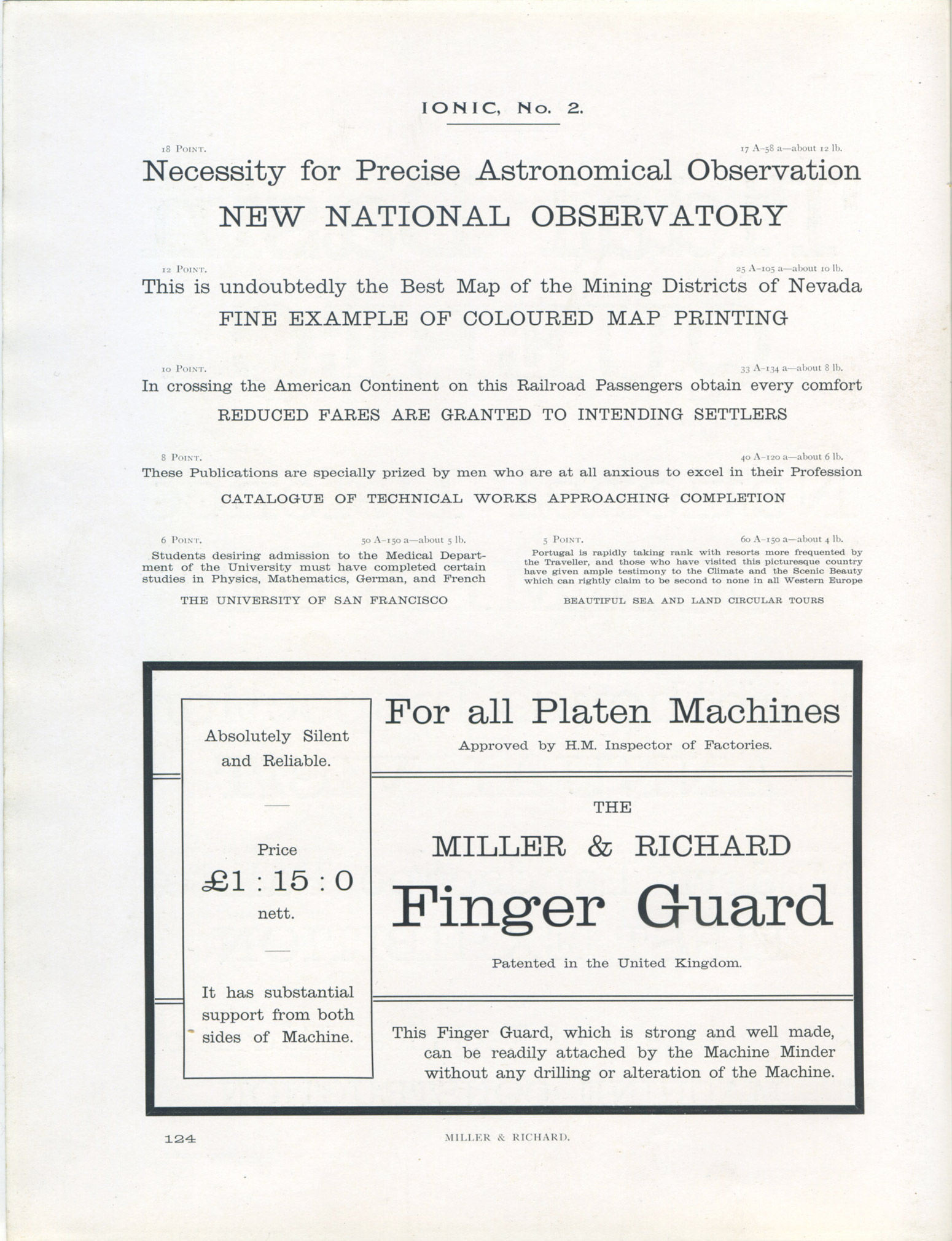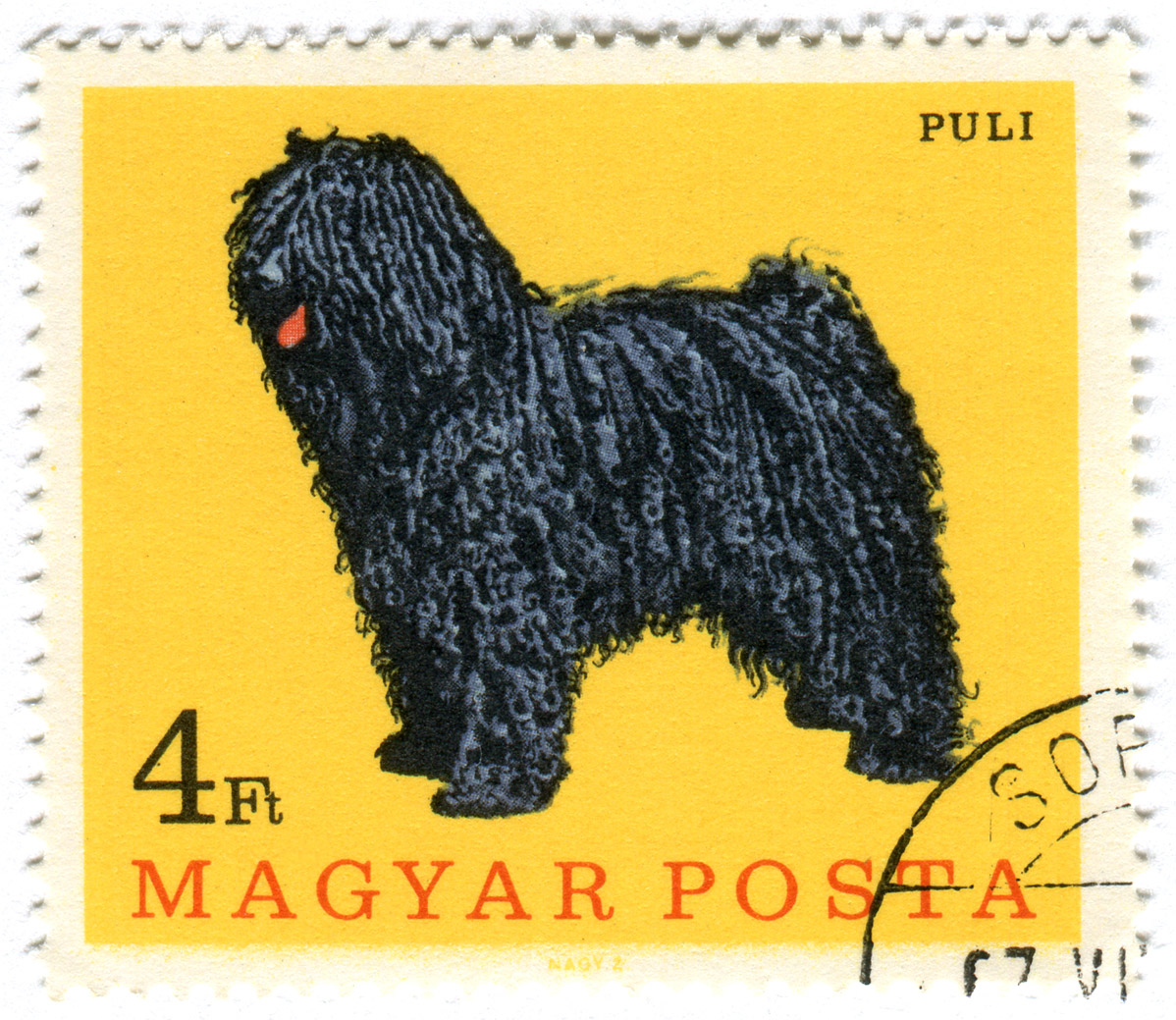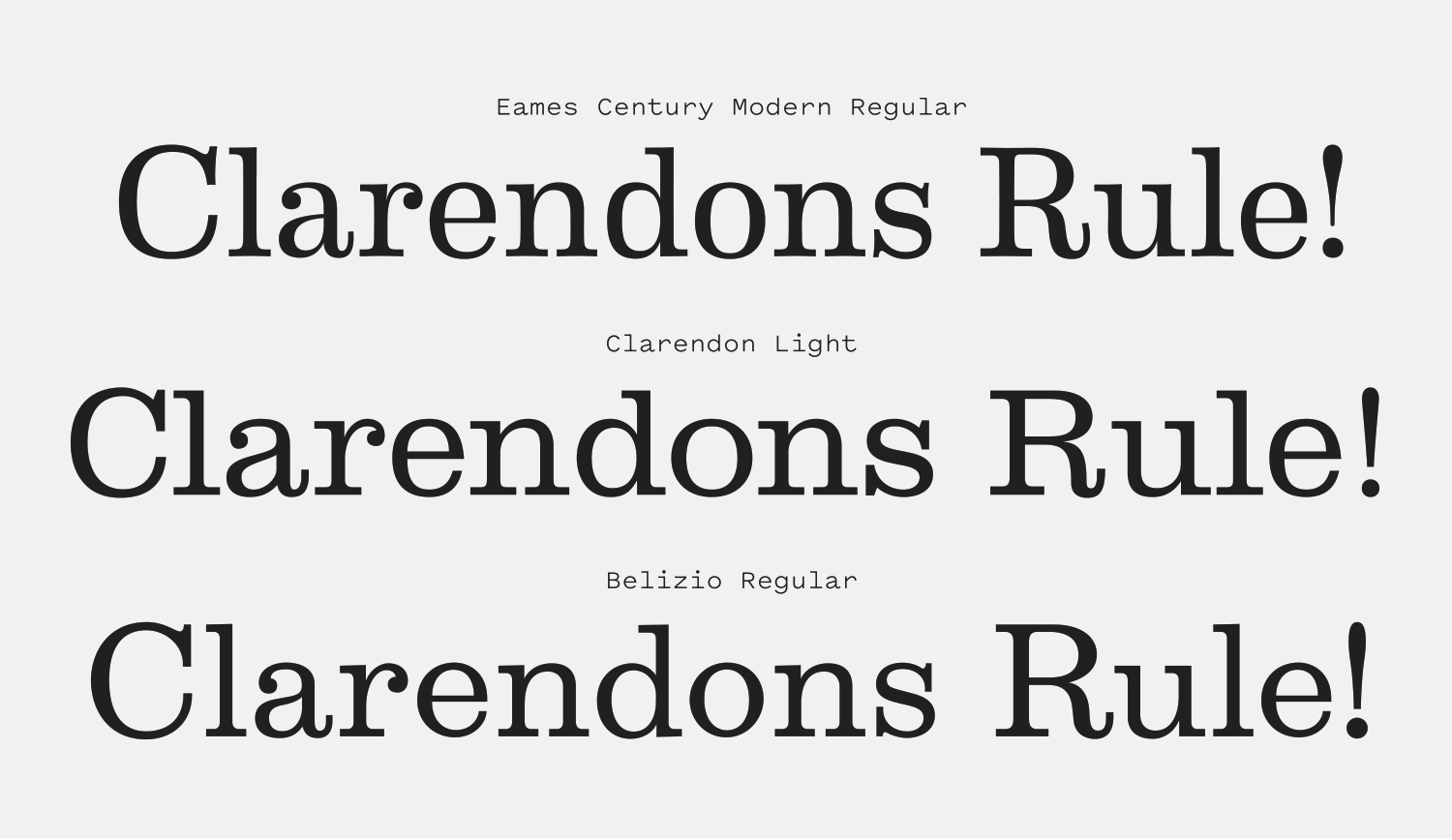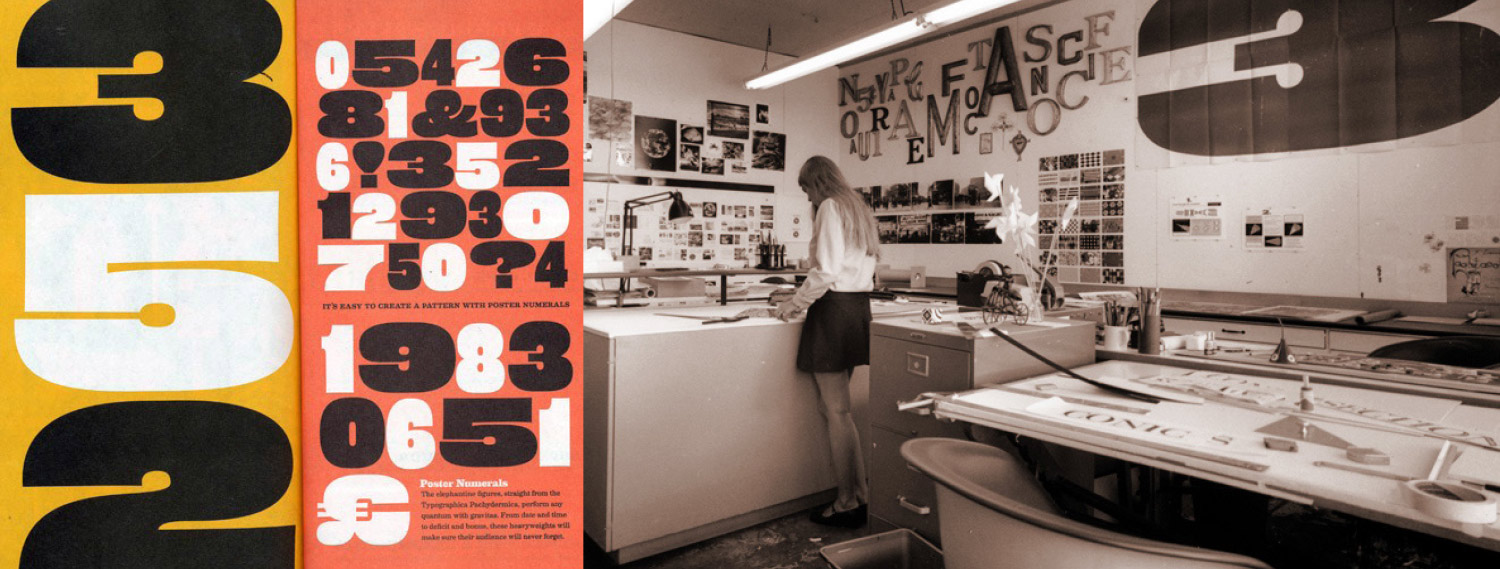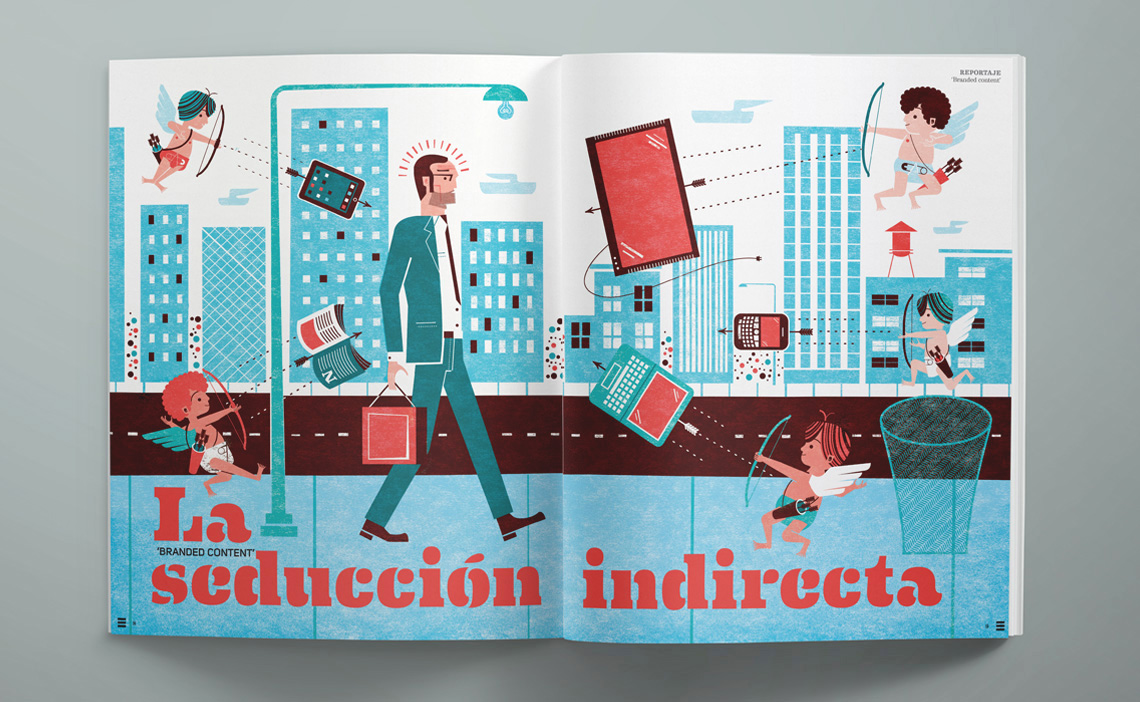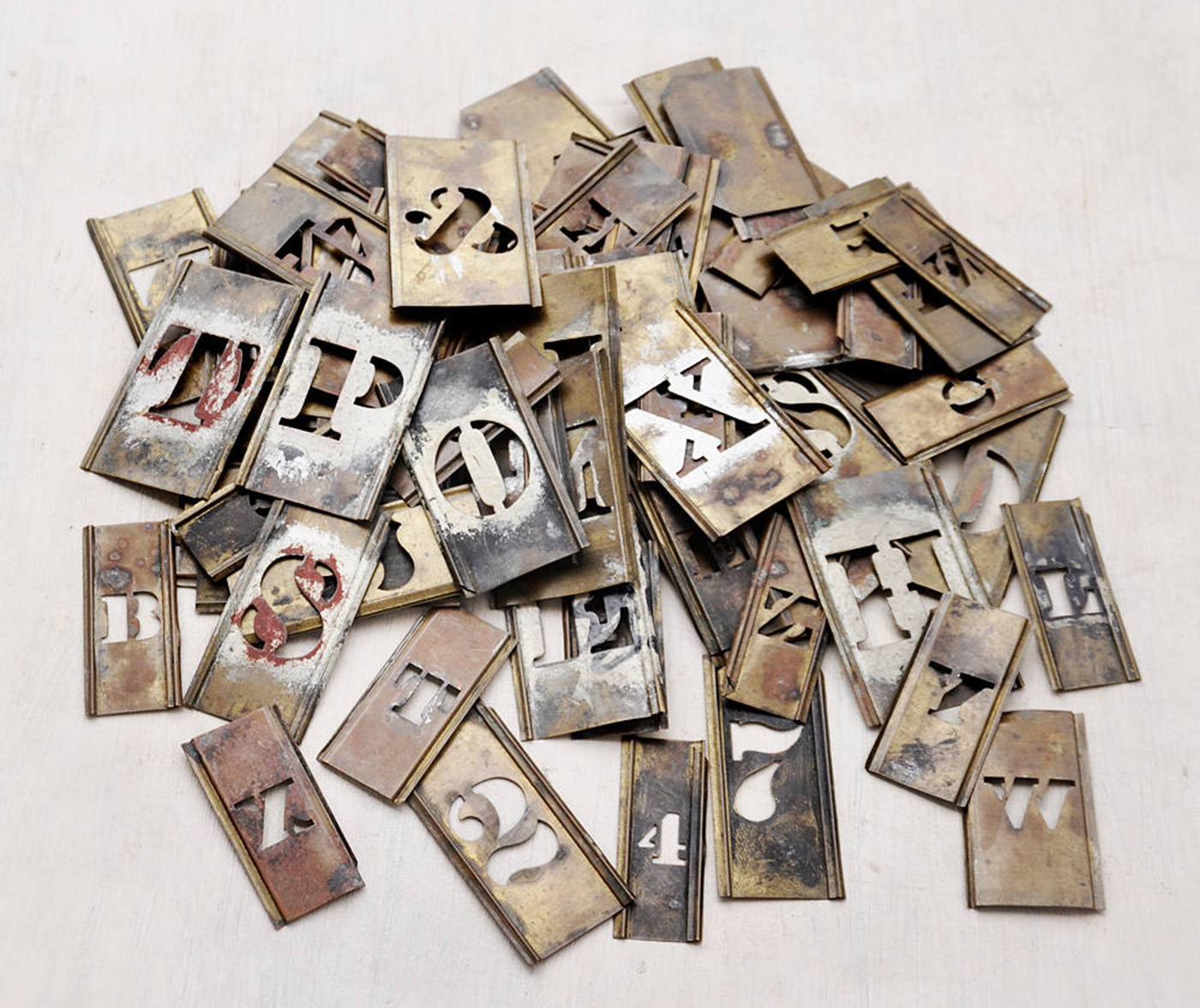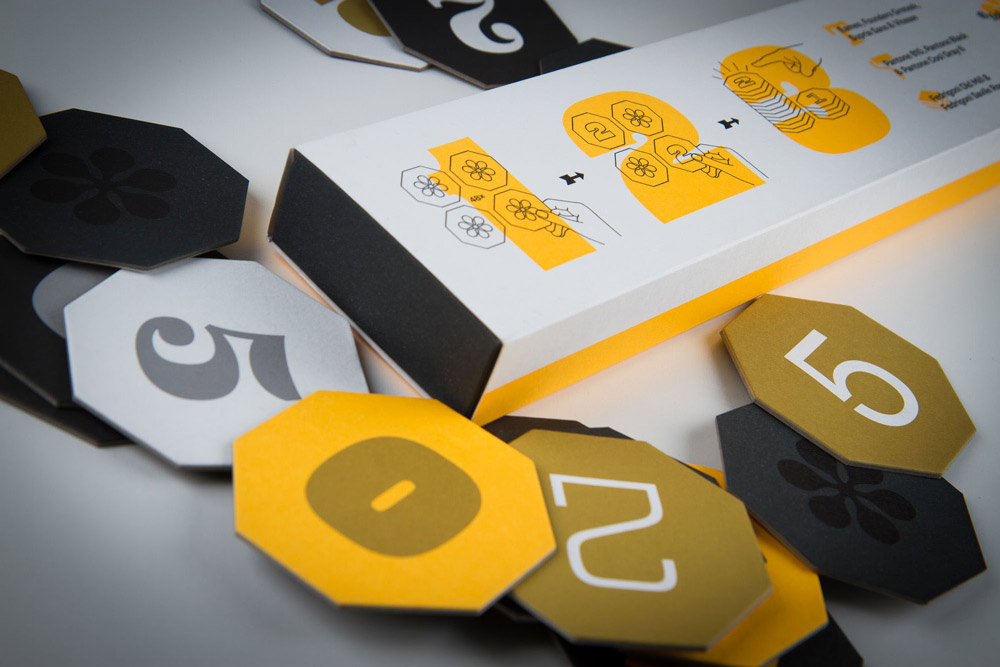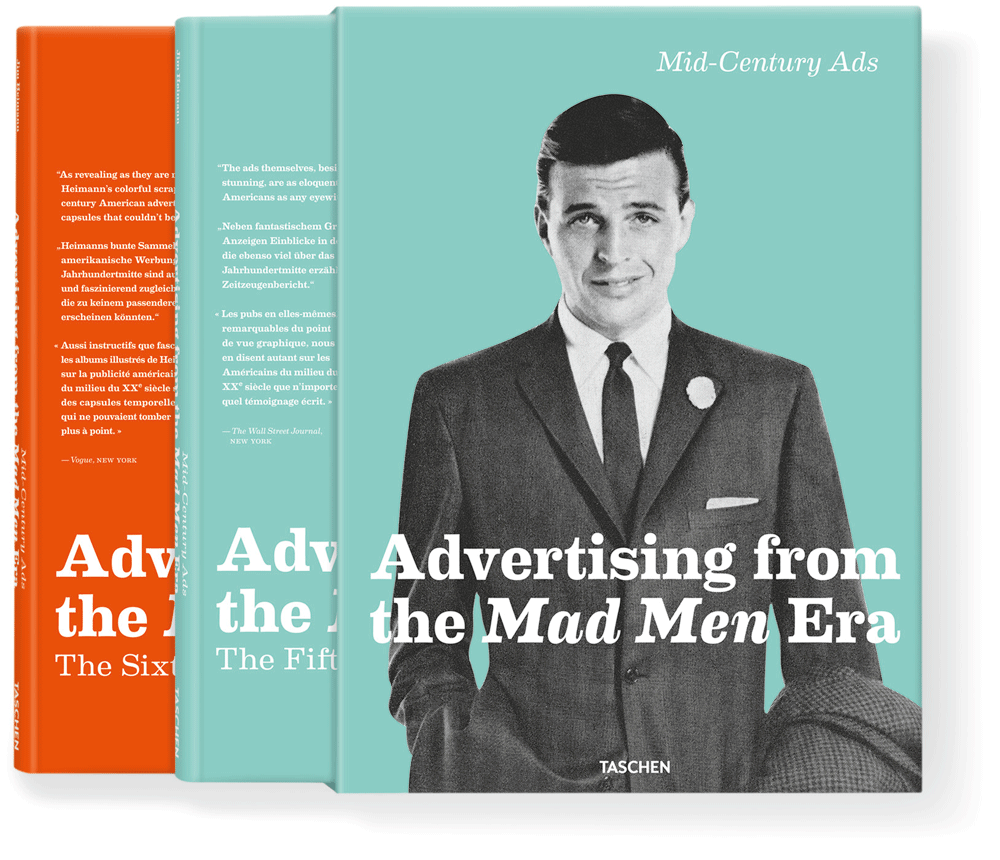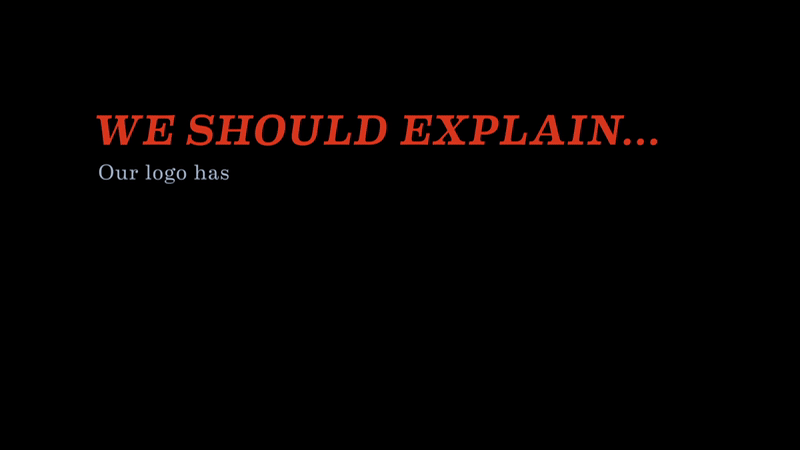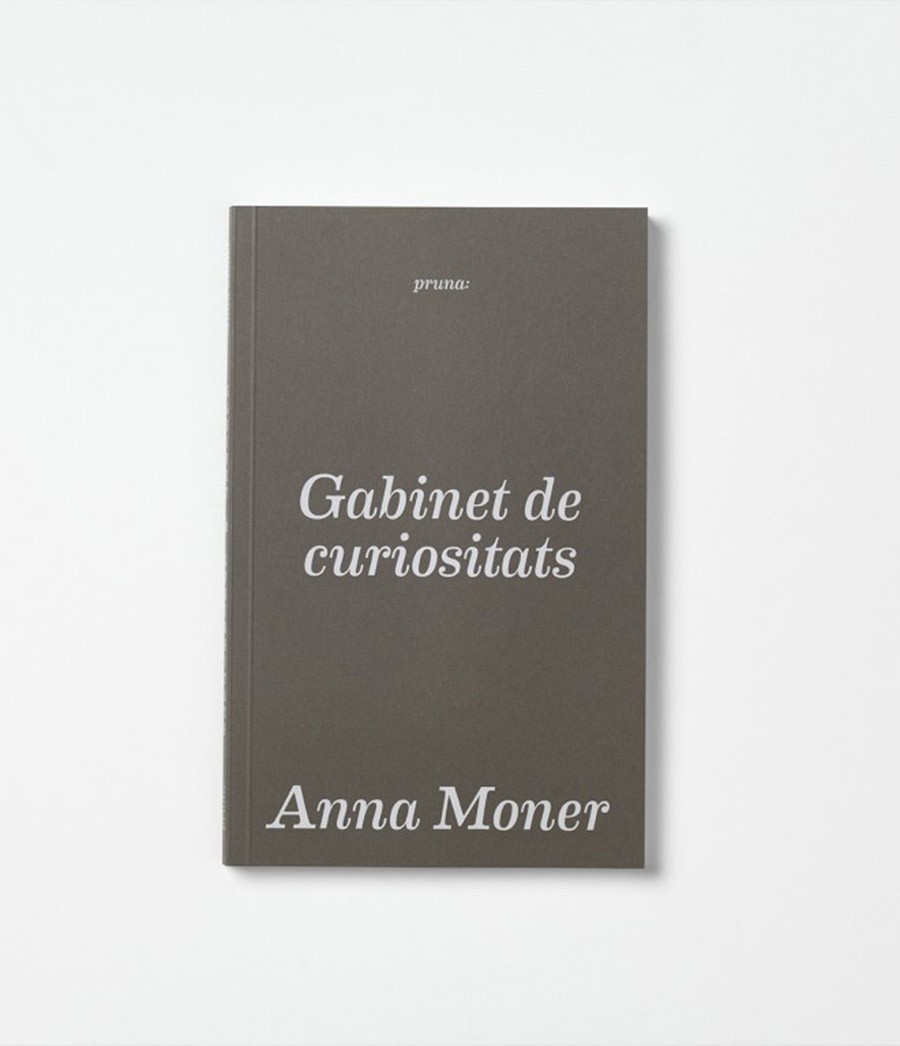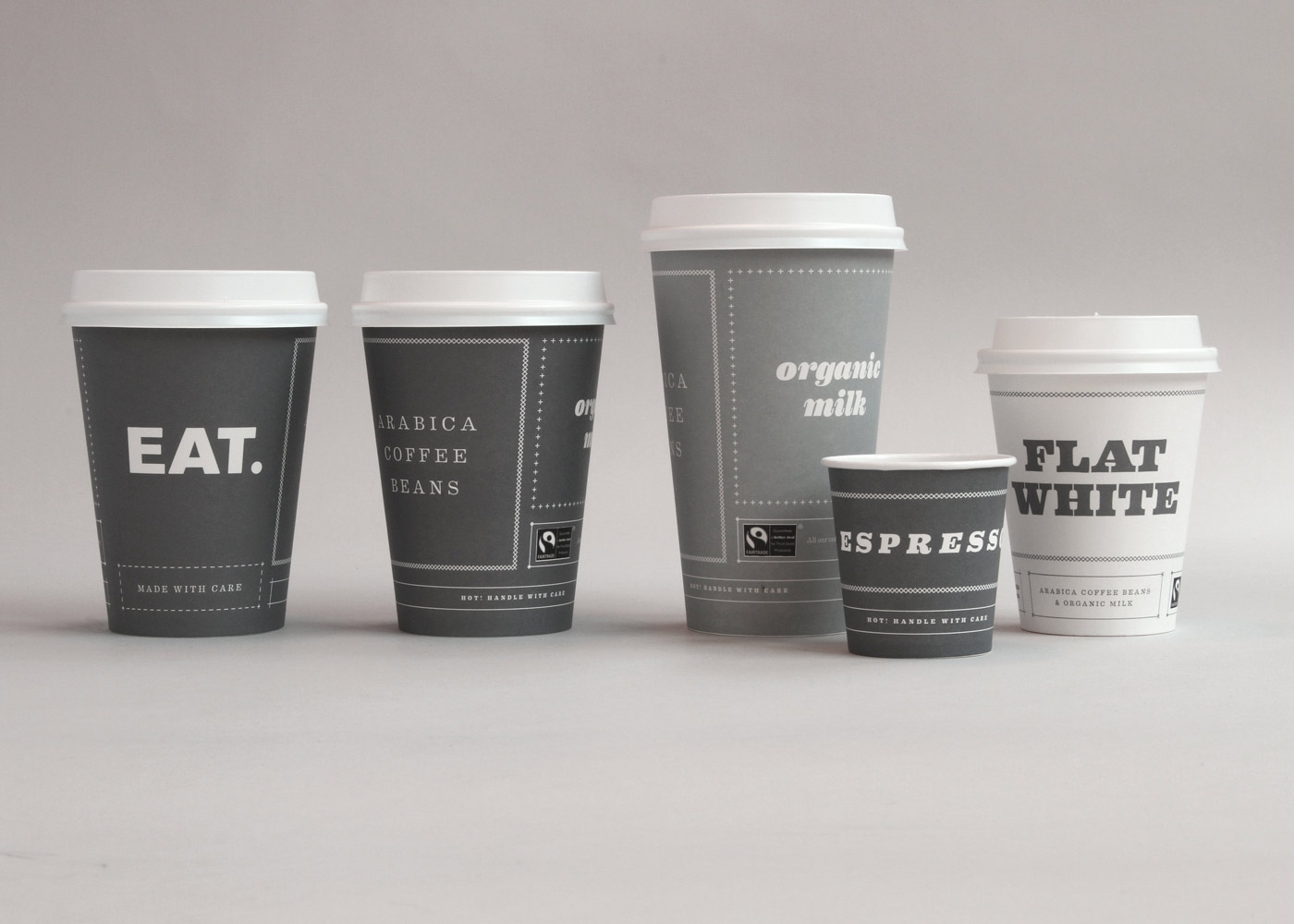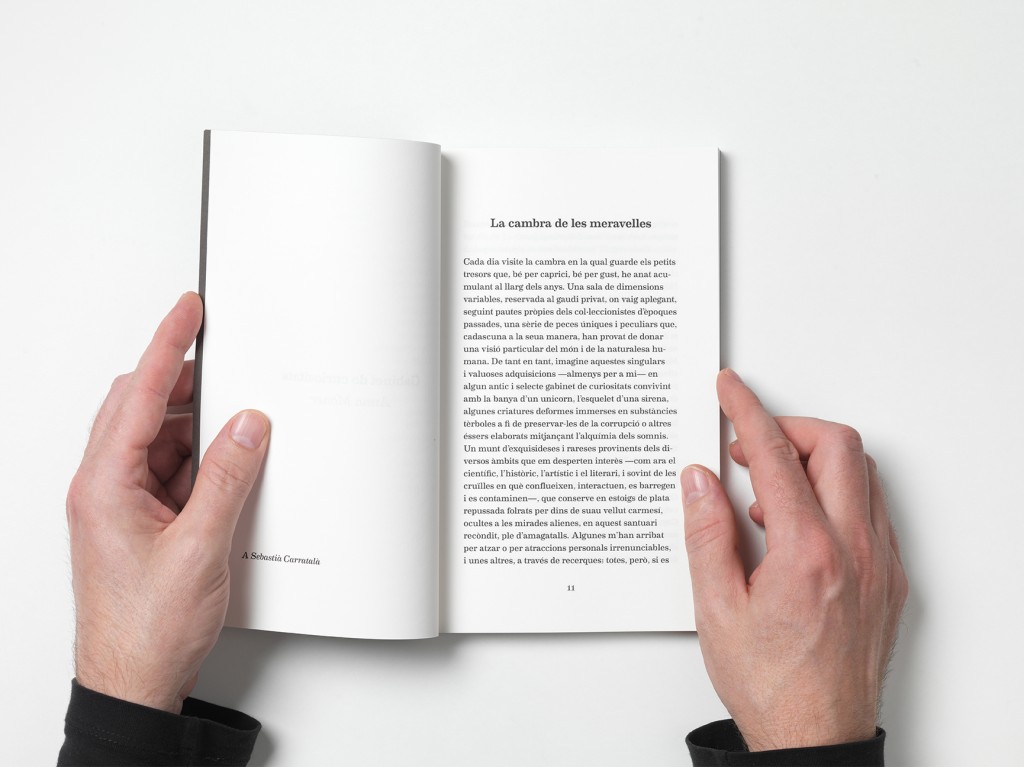Eames Century Modern is a beautiful typeface that blends two major genres of serif: the Clarendon and the Scotch. It’s an exuberant design, full of warmth and oddball design details. It shares the same character of the famous couple from which it derives its name, and because of that it is a monumental task to find in-use examples of this font that aren’t either showcase specimens for the font itself, or works related to Charles and Ray Eames.
Designs that are this overflowing with personality risk limiting their potential use-cases, but you shouldn’t confuse Eames’ bright personality for shallowness. This is a comically robust family, with 18 weights, multiple number sets and a set of borders to boot. If you need something to really lean into the retro stylings of the mid 20th-century, Eames has you covered. But it’s also capable of a more restrained presence—this font can do more than playful if you ask it to.
Eames is drawn with a “flex” to its strokes—the flat sides of serifs bend inward, giving the illusion that they’ve been pressed into paper. This subtle imperfection across the family softens the massive slab serifs and prevents the design from feeling imposing in its boldest weights. Those heavy weights, the stencil, and the special number sets are graphic and crisp, aching to be used with bright, punchy colors. This is a typeface that makes you smile, and I think it says a lot about how much fun Eames is to use that there are so many projects out there that only exist to give designers an excuse to play with it. We’ll look at some of those as well as more “practical” uses of Eames Century Modern in this review.
